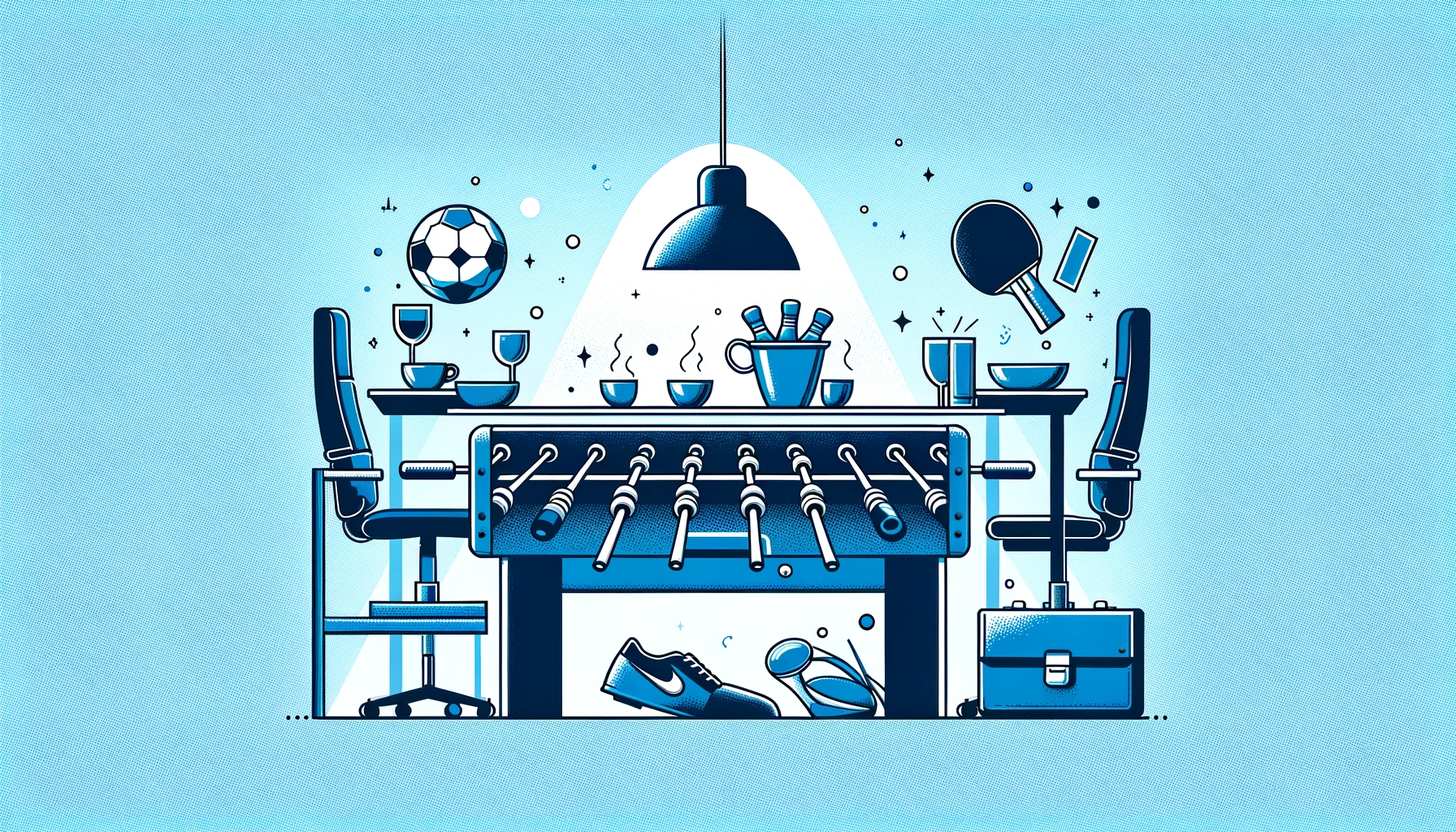Weekly Indie Devlog #3 - CW10, 2024
 Maximilian Keppeler
Maximilian Keppeler
Today's development log will be quite short. Last week, I had some office days, which were a lot of fun. We celebrated with an office party at work, and the next day, after finishing all the main tasks, we played table tennis, Mario Kart, and table kicker until around 9 pm. Meeting my colleagues and seeing my company thrive is really great, and I believe that's why I don't want to be a freelance or full-time indie developer. It can be pretty lonely when you're fully invested in your own products. I want to maintain a balance, as it tends to be the healthier and more sustainable path.
Despite having fewer days with some free time in the evening, I was still able to explore one or two topics! Let's take a look at them together.
WearSocials
There have been numerous small bug fixes and improvements made to WearSocials. While I encountered some ongoing organizational issues with the Google Play Review process (more on that later), I continued working on the initial building blocks for the upcoming paywall for WearSocials.
(Phone) Connected Devices
I added a card to the Wear-OS section of the phone app that automatically loads and displays connected Wear-OS devices. This could be useful if a user is puzzled about why data isn't syncing between their phone and smartwatch. (And as a side note: This was also an attempt to assist the Google Play Review Tester, who kept rejecting the Wear-OS app, since he only provided generic responses.)

(Wear) Setup instructions
I don't have screenshots for this because it involves many small Wear-OS screenshots. Essentially, it's a vertical pager with a list of setup instructions that appear on the setup screen. Now, there are two types of setup instructions. One guides the user on how to connect and, if needed, set up the smartwatch with the phone. The other is specifically for setting up and syncing data between the WearSOcials phone and smartwatch app. It's already quite straightforward, and my previous users didn't have any issues with it. However, it should now be even easier to understand.
Elcovia
I didn't have much time for Elcovia this week, but I focused on increasing backlinks to Elcovia's content, which was the main topic for Elcovia last week.
Pinterest Integration
For this reason, I explored Pinterest and quickly set up an account. I developed new Firebase Functions for two scenarios: either when triggered manually or when a new Notion Template is published. These functions create and publish a Pin on Pinterest and link it back to Pinterest. I
can utilize the metadata generated by Firebase Functions with ChatGPT for each product to construct the pin data. From my Elcovia Admin Panel, I can manually trigger the event to publish a Notion Template on Pinterest as a Pin, giving me control over past products.

I wrote the code quickly, but only later did I realize that the default permissions were insufficient. Therefore, I applied for standard access to create pins on Pinterest, rather than just read permissions.
If I obtain the permissions (fingers crossed!), I plan to publish past Notion Templates on Pinterest as Pins. Additionally, I will display the Pinterest Pins on the Notion Template product page, making it easier for visitors to discover Elcovia content through Pinterest. If everything goes as planned, I hope to share screenshots next week!
That's all for last week's development news from me. I hope your week was much more productive than mine and that you have a great start to this week! Thanks for reading!
Subscribe to my newsletter
Read articles from Maximilian Keppeler directly inside your inbox. Subscribe to the newsletter, and don't miss out.
Written by

Maximilian Keppeler
Maximilian Keppeler
Indie Web and Android Dev and Senior Android Dev @ Lufthansa Group ✨ Crafting a portfolio of apps, websites, & Open-Source libraries. 💫